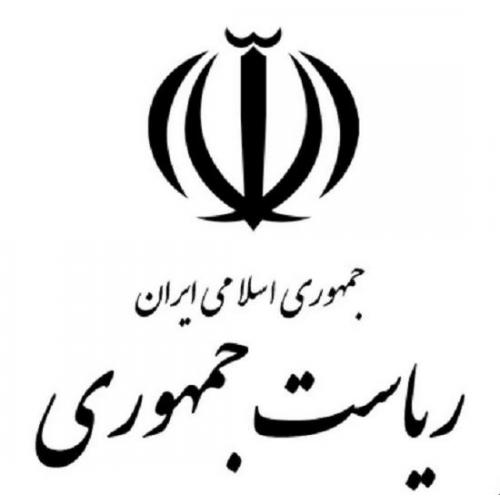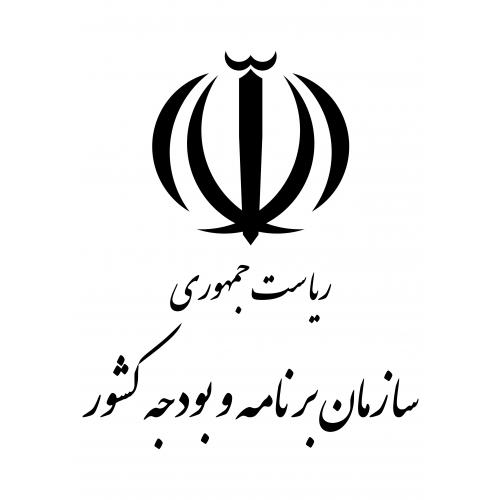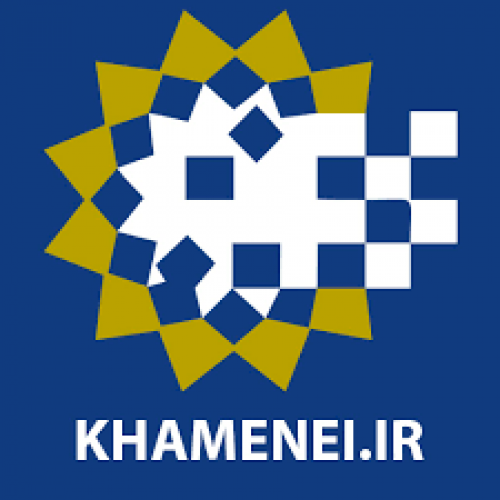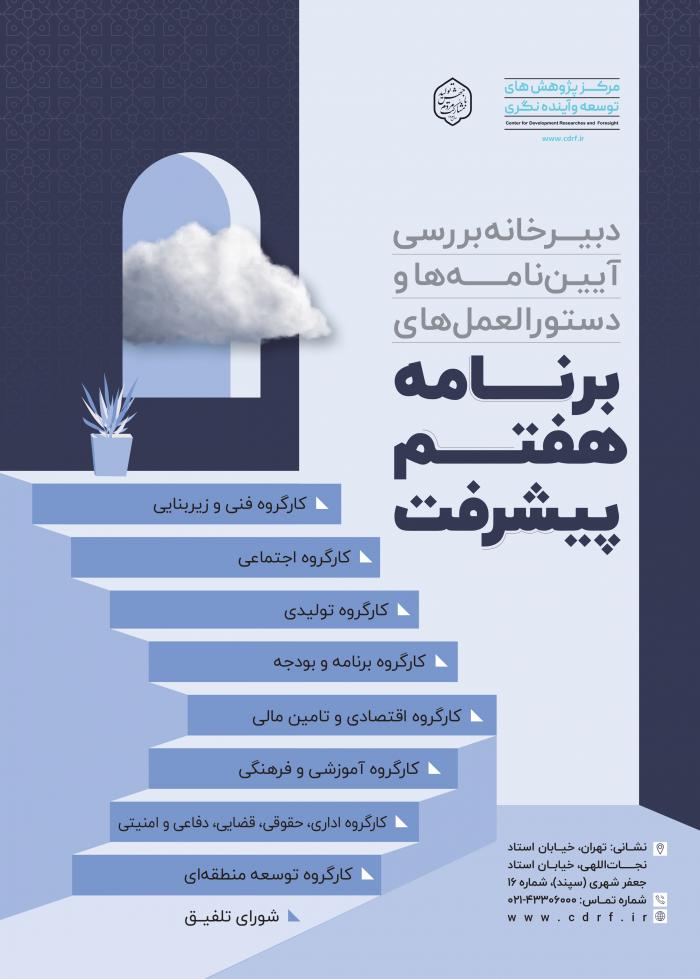
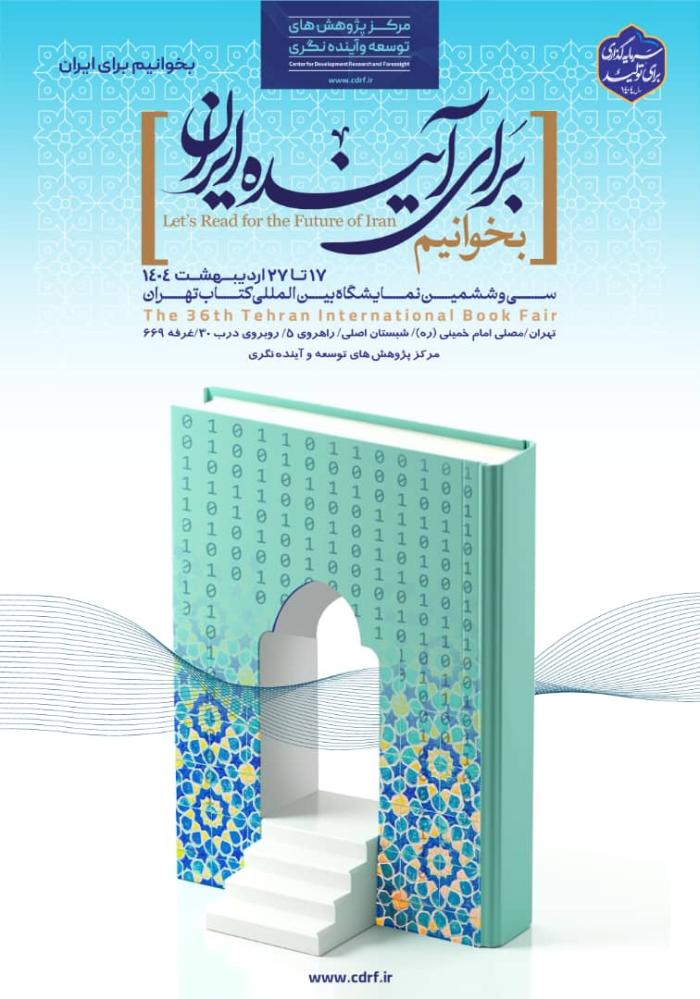
-
بررسی آییننامهها و دستورالعملهای برنامه هفتم پیشرفت
-
بررسی عوامل موثر بر افزایش تصادفات و تلفات جادهای و سوانح رانندگی و دادهکاوی تلفات انسانی
-
سازماندهی و بازآرایی فضایی آموزش عالی کشور
-
به روز رسانی سند ملی آمایش سرزمین
-
انجام مطالعات مناطق آزاد به عنوان نواحی پیشران اقتصادی کشور
-
اصلاح ساختار بودجه و پیاده سازی نظام یکپارچه مدیریت اطلاعات مالی دولت (IFMIS)
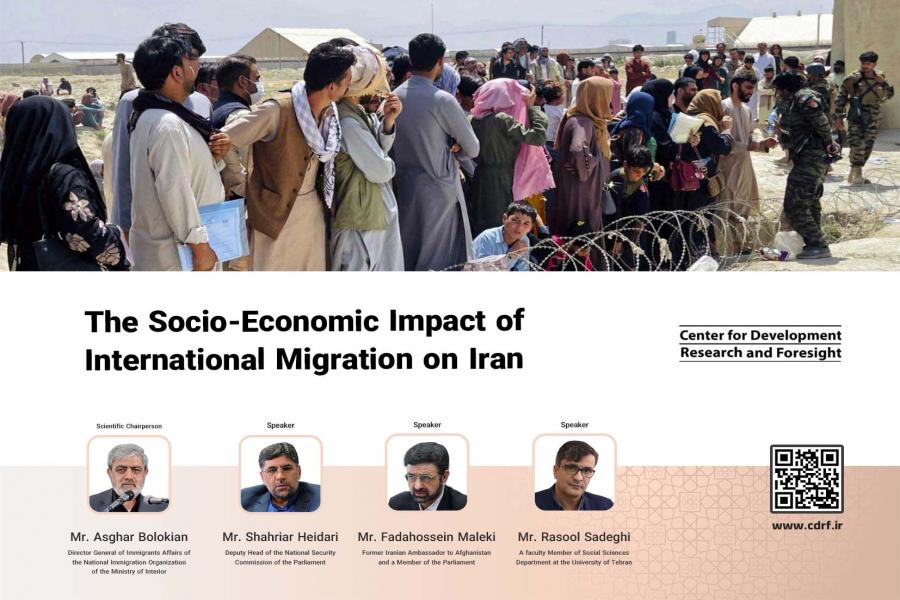
As the world grapples with the complexities of mass migration, Iran finds itself at the center of a regional storm. Nestled between conflict-ridden Iraq and Afghanistan, the country has become a haven for millions of refugees seeking refuge and a better life. This influx, however, has brought with it a multitude of challenges, prompting calls for a comprehensive national response.
The conference at the Center for Development Research and Foresight titled “The Socio-Economic Impact of International Migration on Iran” shed light on the socio-economic consequences of international migration on Iranian society. It painted a stark picture of a country struggling to cope with the pressure on its resources and infrastructure. The brain drain of skilled professionals, competition for jobs, and the growing strain on social services were just some of the concerns highlighted.
The conference proposed a six-pronged approach to address these challenges:
- Active Policymaking: Calling for a shift from reactive to proactive measures, the speakers at the conference urged policymakers to devise long-term strategies for managing migration flows.
- Institutionalization: Establishing a dedicated agency or body to oversee migration affairs is seen as crucial for streamlining processes and ensuring efficient management.
- Infrastructure Development: Investing in border control, housing, and social services is essential to ensure the safety and well-being of both migrants and host communities.
- Harnessing Migrant Potential: The speakers at the conference advocated for tapping into the skills and expertise of migrants, treating them as valuable resources rather than burdens.
- Cultural Sensitivity: Promoting intercultural understanding and fostering a welcoming environment are key to combatting xenophobia and building a cohesive society.
- Regional Cooperation: Working with neighboring countries, particularly Afghanistan, to facilitate the return of migrants and address the root causes of displacement is seen as vital for long-term solutions.
The conference served as a stark reminder of the human cost of conflict and the complex challenges faced by countries like Iran in the face of mass migration. It was a call to action for policymakers, communities, and individuals to work together to find humane and sustainable solutions that benefit both migrants and host societies.

